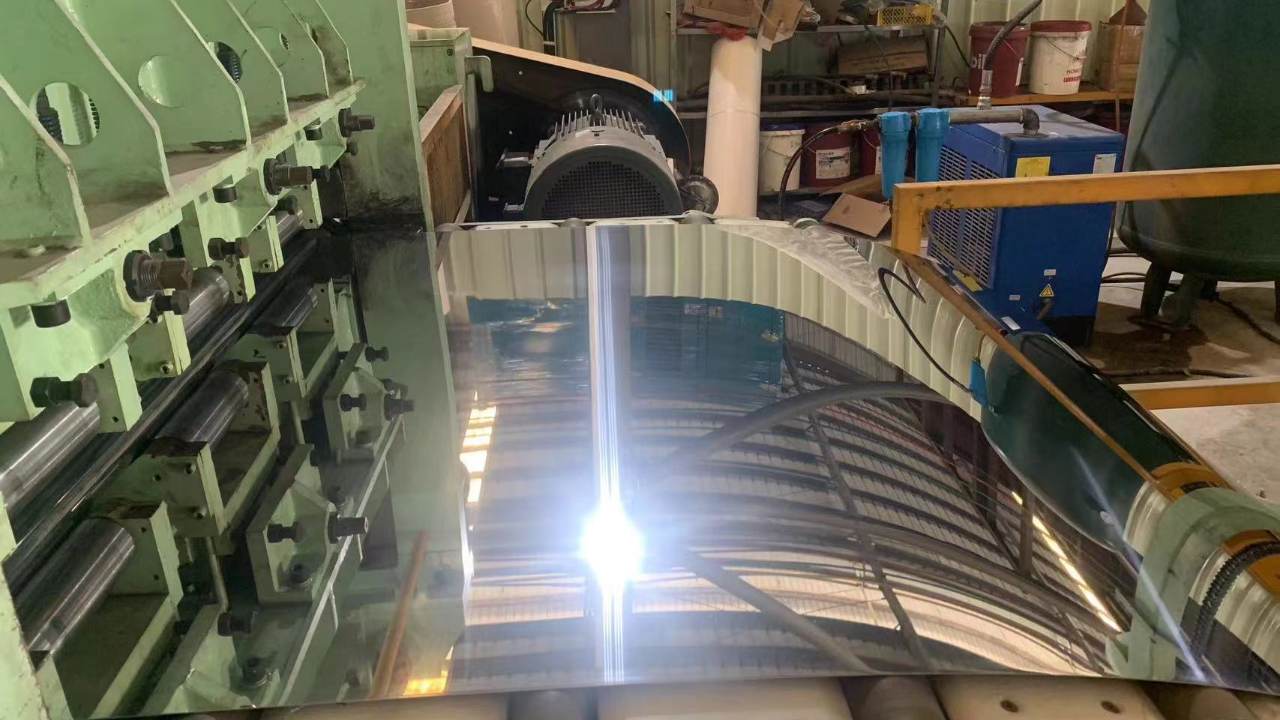Introduction : What is stainless steel?
Stainless steel is one of many types of steel. Due to its excellent corrosion resistance and durability, it is widely used in construction, kitchens, medical equipment, and more. This blog post will provide a detailed introduction to the characteristics, classifications, and specific applications of stainless steel, helping you make an informed choice.
What Is Stainless Steel?
Stainless steel, also known as inox steel or corrosion-resistant steel, refers to an alloy steel in metallurgy that remains passive and resistant to corrosion in various corrosive media such as atmosphere, acids, alkalis, and salts. It contains a high level of chromium (usually 12% to 30%) and typically includes other elements such as nickel, molybdenum, vanadium, manganese, and tungsten. The most crucial element determining the rust resistance of stainless steel is chromium.
Characteristics Of Stainless Steel
Corrosion Resistance:tainless steel resists oxidation and rust due to its chromium content, which forms a protective layer of chromium oxide on the surface.
Strength and Durability:It has high tensile strength and can withstand heavy loads and impacts.
Heat Resistance:It maintains its strength and shape at high temperatures, with specific grades capable of withstanding extreme heat.
Magnetic Properties:Magnetic properties vary depending on the type of stainless steel. Austenitic stainless steels are generally non-magnetic, while ferritic and martensitic types are magnetic.
Formability and Fabricability:Stainless steel can be easily shaped, welded, and machined, depending on the grade.
Low Maintenance:It is easy to clean and maintain, as it resists staining and does not require painting or coating.
Aesthetic Appeal:Stainless steel has a shiny, attractive surface that can be polished to a high gloss or brushed for a matte finish.
These characteristics make stainless steel a versatile material, widely used across various industries including construction, automotive, aerospace, food and beverage, medical, and more.
Classification Of Stainless Steel
Austenitic Stainless Steel
Characteristics:
Contains high levels of chromium (16-26%) and nickel (6-22%).
Common Grades: 304, 316.
Ferritic Stainless Steel
Characteristics:
Common Grades: 430, 409.
Martensitic Stainless Steel
Characteristics:
Contains moderate chromium content (12-18%), higher carbon content.
Common Grades: 410, 420.
Duplex Stainless Steel
Characteristics:
Balanced amounts of austenite and ferrite (approximately 50-50).
Common Grades: 2205, 2304
Precipitation-Hardening Stainless Steel
Characteristics:
Contains chromium, nickel, and other alloying elements.
Common Grades: 17-4PH, 15-5PH.
Super Austenitic
Characteristics:
Higher molybdenum and nickel content for improved corrosion resistance in extreme environments.
Common Grades: 904L
Application Of Stainless Steel
Construction and Architecture
- Structural components (beams, columns))
- Facades and roofing
- Handrails and balustrades
- Interior design elements
Automotive and Transportation
- Exhaust systems
- Trim and molding
- Structural components
- Fuel tanks
Medical and Surgical Instruments
- Surgical instruments
- Implants
- Diagnostic equipment
- Hospital furniture
Food and Beverage Industry
- Food processing equipment
- Storage tanks
- Conveyors
- Commercial kitchen appliances
Household Items and Appliances
- Sinks and faucets
- Cookware and cutlery
- Dishwashers and refrigerators
- Decorative items
These applications highlight the diverse uses of stainless steel across industries, emphasizing its importance due to its unique properties such as corrosion resistance, strength, durability, and aesthetic appeal.
Conclusion
Stainless steel is a type of alloy steel that contains a minimum of 10.5% chromium content by mass. This chromium presence is crucial because it forms a passive layer of chromium oxide on the steel’s surface, making it highly resistant to corrosion and staining. Stainless steel is known for its durability, strength, and aesthetic appeal, which makes it a popular material in various industries, including construction, medical instruments, household appliances, and automotive parts. It also often contains other elements such as nickel, molybdenum, and nitrogen to enhance its mechanical properties and resistance to corrosion.
